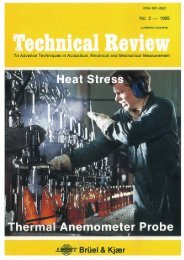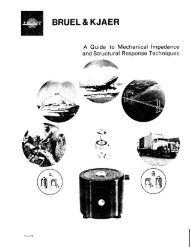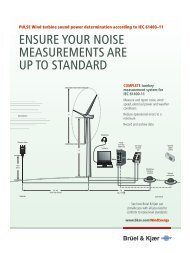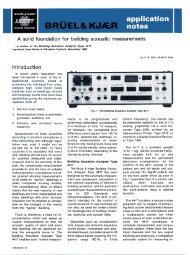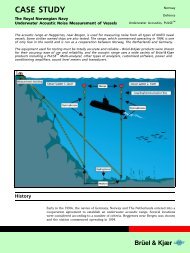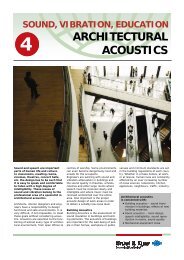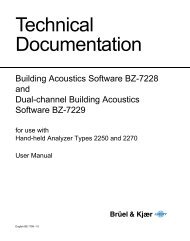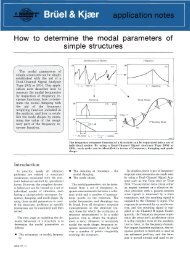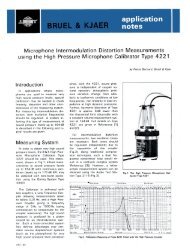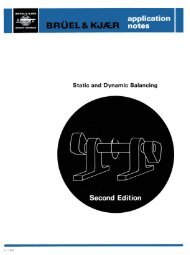Thyristors in Railway Traction How can their effects be measured?
Thyristors in Railway Traction How can their effects be measured?
Thyristors in Railway Traction How can their effects be measured?
You also want an ePaper? Increase the reach of your titles
YUMPU automatically turns print PDFs into web optimized ePapers that Google loves.
To prevent alias<strong>in</strong>g (spurious sampl<strong>in</strong>g<br />
<strong>effects</strong>), the duration of one<br />
sweep must <strong>be</strong> signifi<strong>can</strong>tly shorter<br />
than the duration of one fluctuation<br />
cycle for the highest harmonic observed<br />
nmax f. For example, if the<br />
sweep rate were only twice the fluctuation<br />
rate, it would <strong>be</strong> possible for<br />
each sweep to co<strong>in</strong>cide with identical<br />
levels on the "up" and "down"<br />
portion of the same fluctuation, and<br />
the display would <strong>in</strong>dicate no fluctuation<br />
at all. It is advisable to sweep<br />
at a rate about four times faster<br />
than the fastest fluctuation rate required<br />
to <strong>be</strong> observed, so<br />
12nmax _ 2t F<br />
4 x f n<br />
1 "max<br />
therefore<br />
i.e.,<br />
approx.<br />
2 _ 2ft F<br />
n max 4g<br />
24 '<br />
n max = 0,2 V ft F<br />
Thus for f = 50 Hz and tF = 25<br />
seconds, nmax = 7, which is<br />
350 Hz. Although a locomotive<br />
might accelerate as slowly as this,<br />
an EMU would normally advance<br />
from 0° to 180° on one rectifier<br />
bridge much more quickly, so the<br />
num<strong>be</strong>r of harmonics which may <strong>be</strong><br />
usefully observed with a swept-frequency<br />
analyzer is very restrictive.<br />
Primary voltage waveforms and spectra, show<strong>in</strong>g the <strong>effects</strong> of a thyristor locomotive draw<strong>in</strong>g<br />
This IS <strong>be</strong>cause the Signal for ana- no current (upper figure) and 180 Amps (lower figure)<br />
lysis from an accelerat<strong>in</strong>g tra<strong>in</strong> is<br />
what is known (quite logically <strong>in</strong><br />
this <strong>in</strong>stance!) as a Non-Stationary<br />
Signal.<br />
It does not help to play the tape<br />
more slowly, either, s<strong>in</strong>ce the bandwidth<br />
of the filter has to <strong>be</strong> reduced<br />
<strong>in</strong> proportion and so does the<br />
sweep rate.<br />
12<br />
Example of the <strong>in</strong>rush current waveform <strong>in</strong> a 50 Hz AC traction transformer. The <strong>in</strong>itial peak is<br />
500 Amps



